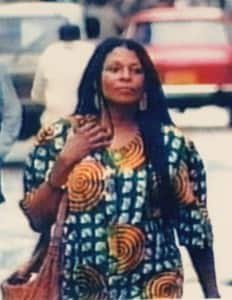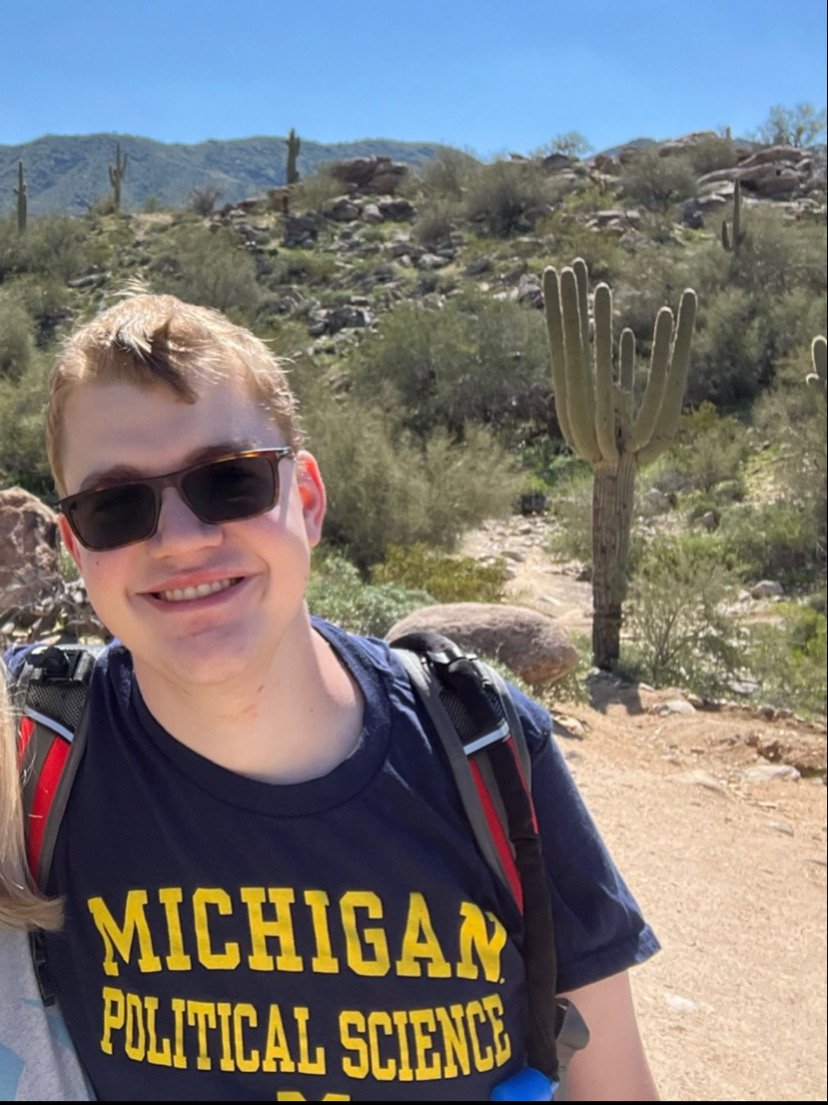By Kate Vavra, Summer 2023 Collaborator at Power in Place
Image from: Mass Moments
Today, women increasingly outnumber men in colleges throughout the United States. This makes it easy to forget that higher education was created for men, not women. Historically, even privileged wealthy women were unable to receive the same degrees as their brothers. They were instead educated at home or in a finishing school. The oldest college in the U.S., Harvard University, established in 1636, did not admit women for over three hundred years. As a response, women’s colleges became established around the country throughout the 19th century. These institutions offered women the opportunity to obtain an advanced education and degree that would allow them to influence the public and professional sphere. Some of the most prestigious of these schools are Mount Holyoke College, Vassar College, Wellesley College, Smith College, Radcliffe College, Bryn Mawr College, and Barnard College, otherwise known as the Seven Sisters. “The Seven Sister schools were supposed to be the female counterparts to the male Ivy-league colleges, a connection that served them well as they strived to make the quality of education for female students equal to the education of men at the best men’s colleges of the day” [2]. Although Radcliffe was absorbed by Harvard in 1999 and Vassar became coeducational in 1969, this group became the inspiration for women’s colleges throughout the country.
Although the large majority of colleges today admit both men and women, historically women’s colleges continue to produce powerful female figures. While women’s college graduates represent less than two percent of the American population, one-third of female board members on the annual Fortune 1000 list, 30 percent of the women on Businessweek’s list of Rising Stars in Corporate America, nine percent of female CEOs on the S&P 500, and over 20 percent of female US Congress members graduated from a historically women’s college. Some notable women who attended a historically women’s college include Frances Perkins, Margaret Atwood, Meryl Streep, Zora Neale Hurston, Nancy Pelosi, Madeleine Albright, Helen Keller, and Hillary Clinton. These women broke precedent in their disciplines and paved the way for future females to make their own marks.
When looking at comments from women’s college students and graduates, it becomes easy to understand why they become so successful after graduation. They detail that “the women’s college experience integrated values and ethics in the learning, which helped them to develop moral principles that continue to guide their actions” [3]. While in school, women’s college students report greater participation in campus leadership, internships, extracurricular activities, and community service. Much of the coursework at women’s colleges is focused on leadership and the individual, giving students the space to directly engage with their education. With this in mind, it makes sense that 81 percent of historically women’s college graduates go on to receive advanced degrees and they are twice as likely to go to medical school than graduates from a coeducational institution
As I approach my second year at Mount Holyoke, the oldest of the Seven Sisters, I become increasingly thankful for my college community. My classmates spend their days passionately working towards a future of increased creativity, equality, and opportunity. My professors are wholeheartedly dedicated to helping me reach my goals. I don’t feel like I am competing with my classmates for educational and professional opportunities, conversely, we work together. Additionally, being a member of a Seven Sisters institution gives me access to an extensive alumni network in addition to my individual school. Overall, my historically women’s college has given me the skills and resources I need to build the future I want for myself.
Today’s male-dominated society is difficult for women to navigate, no matter how intelligent they are. Although there are many high-quality coeducational colleges and universities throughout the nation, it is necessary to maintain guarded havens for women and non-binary individuals within higher education. Historically women’s colleges have repeatedly produced revolutionary individuals, and the world would not be the same without them.
References
[1] Carlton, Genevieve. “A History of Women in Higher Education.” Best Colleges. March 20, 2023. https://www.bestcolleges.com/news/analysis/2021/03/21/history-women-higher-education/
[2] Feroe, John. “The Founding of The Seven Sisters.” Vassar Encyclopedia. May 1, 2007.
https://vcencyclopedia.vassar.edu/notable-events/the-seven-sisters/
[3] Free, Rhona. “Women’s Colleges Produce Strong Leaders.” Hartford Courant. December 6, 2015. https://www.courant.com/2015/12/06/womens-colleges-produce-strong-leaders/
[4] Kerpen, Carrie. “Want Your Daughter To Go To The C-Suite? Send Her To A Women’s College.” Forbes. Oct 19, 2021. https://www.forbes.com/sites/carriekerpen/2021/10/19/want-your-daughter-to-go-to-the-c-suite-send-her-to-a-womens-college/?sh=cabab8598469
[5] Moody, Josh. “A Guide to Women's Colleges.” US News. May 18, 2021.
Kate Vavra is a rising sophomore at Mount Holyoke College and is double majoring in International Relations and French. On campus, Kate plays varsity tennis and serves as the Community Service Subcommittee Chair on the Student Athlete Advisory Committee. After graduation, Kate hopes to go to law school and become an attorney.















